Content from the Brookings Institution India Center is now archived. After seven years of an impactful partnership, as of September 11, 2020, Brookings India is now the Centre for Social and Economic Progress, an independent public policy institution based in India.
This article first appeared in the Indian Express. Brookings India is an independent, non-partisan public policy research organisation based in New Delhi. The views are of the author(s).
US President Donald Trump has changed the whole landscape of political discourse, especially with respect to trade policy. This began with the exit of the US from the Trans-Pacific Partnership (TPP), and continues with the repeated threats of leaving the North American Free Trade Agreement (NAFTA), explicitly introducing non-trade objectives in trade discussions, and blocking progress in WTO negotiations and dispute settlement process. Previously negotiated trade deals are challenged by Trump’s view that imports of a product from another country into the US should face the same tariff as the tariff imposed by that country on US exports of the product concerned. The recent decision to impose tariffs on aluminium and steel imports for security reasons for perhaps an “unlimited period” is another example of an unconventional, and even disruptive approach to trade policy with wide repercussions. Underlying these actions is the view that the US is facing a non-level playing field due to “unfair” policies adopted by its trading partners, particularly those who have a trade surplus with the US. In case of tariffs on aluminium and steel, Trump has linked it to national security. A number of nations are considering some form of retaliation, including the EU, Canada and China. In turn, Trump has threatened to impose his own retaliatory tariffs if that happens. He threatened tariffs on European cars if the EU retaliates to his action, a statement that led to a fall in the shares of major European carmakers. He also asserted that, for the US, trade wars are “good and easy to win … when we’re behind on every single country, trade wars aren’t so bad. When we’re down by $30 billion, $40 billion, $60 billion, $100 billion, the trade war hurts them; it doesn’t hurt us. So we’ll see what happens.” The uncertainty created is not a short-term phenomenon. The use of “national security” as a reason for imposing steel and aluminium tariffs results in a much more systemic concern.
Some trading partners have said they will challenge the US action at WTO, but such a challenge will face difficulties because Article XXI of GATT is wide in its ambit and states that, “Nothing in this Agreement shall be construed to prevent any contracting party from taking any action which it considers necessary for the protection of its essential security interests.” In this situation, Rufus Yerxa, the president of the US National Foreign Trade Council, has expressed his strong concern that the US has told its allies “that we can do anything we want in the name of national security. They’ll now do the same.” He points out that these tariffs show a “shameful reversal of 70 years of trying to build better global trade rules.” The resulting uncertainty and the likelihood of increasing trade tensions amongst major economies has prompted the WTO Director General to paraphrase Mahatma Gandhi and warn that: “An eye for an eye will leave us all blind and the world in deep recession.” Paradoxically, while Trump’s statements and actions have led to increased uncertainty and widespread concern, he has recently indicated that he intends to seek from the US Congress an extension of Trade Promotion Authority (TPA) to negotiate trade agreements. Here is a US President who aims to build bridges for better market access abroad for US industry, while creating a gulf with nations who may be required for building such bridges. The US is India’s largest export market, accounting for over 15% of its merchandise exports. Moreover, US actions can have dampening effects on trade prospects in other markets as well. Since the policy statements of President Trump have both short-term and long-term repercussions, India needs to consider a comprehensive strategy for its trade policy both in relation to the US and with other nations in general. This strategy needs to take account of the unfolding situation as the date of tariff imposition on steel and aluminium approaches.
To read more, please click here.
The Brookings Institution is committed to quality, independence, and impact.
We are supported by a diverse array of funders. In line with our values and policies, each Brookings publication represents the sole views of its author(s).
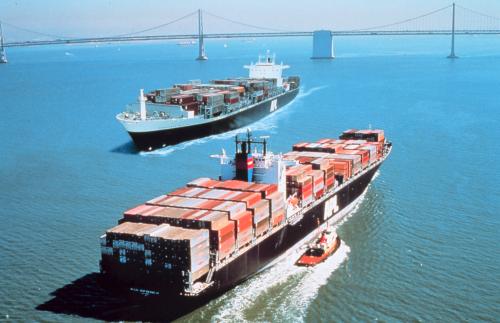

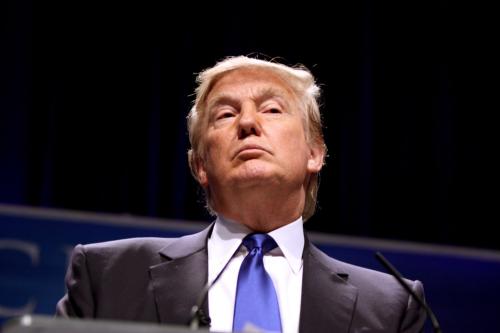

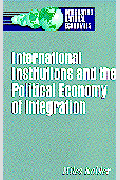
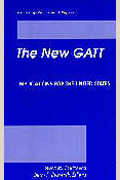


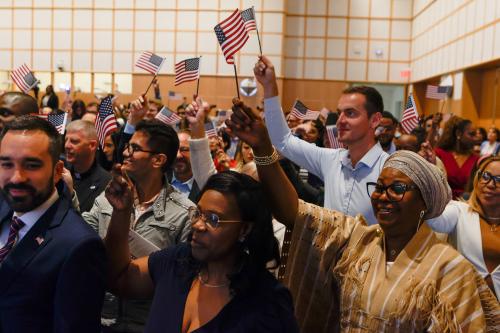

Commentary
Op-edDonald Trump’s trade war: A disruptive approach to trade policy
March 9, 2018